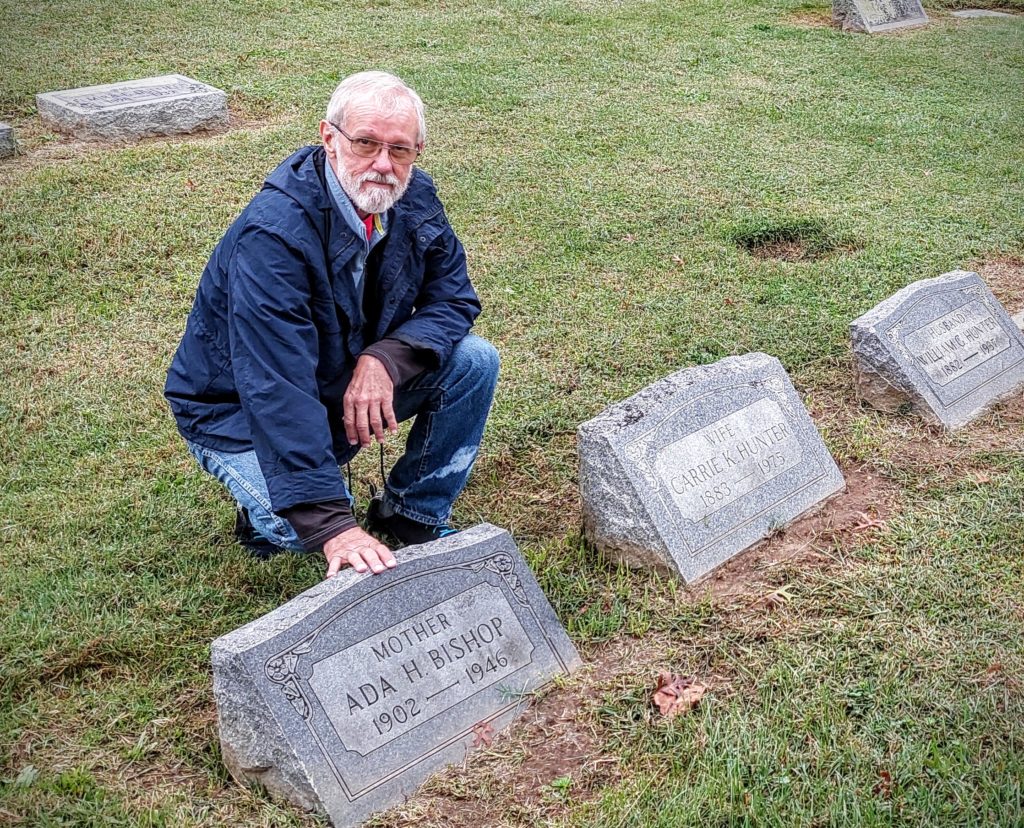
Many readers will know that I enjoy visiting cemeteries and have seen quite a few along my journey. I’ve been to two cemeteries in my current destination and each has had special meaning for me.
'Staying Alive By Not Staying Still'
A Journey Ends, Another Begins, in Buenos Aires, Argentina Changes Coming to Real On The Road Anyone landing here can see that I’ve neglected this website for some time. The …

Many readers will know that I enjoy visiting cemeteries and have seen quite a few along my journey. I’ve been to two cemeteries in my current destination and each has had special meaning for me.
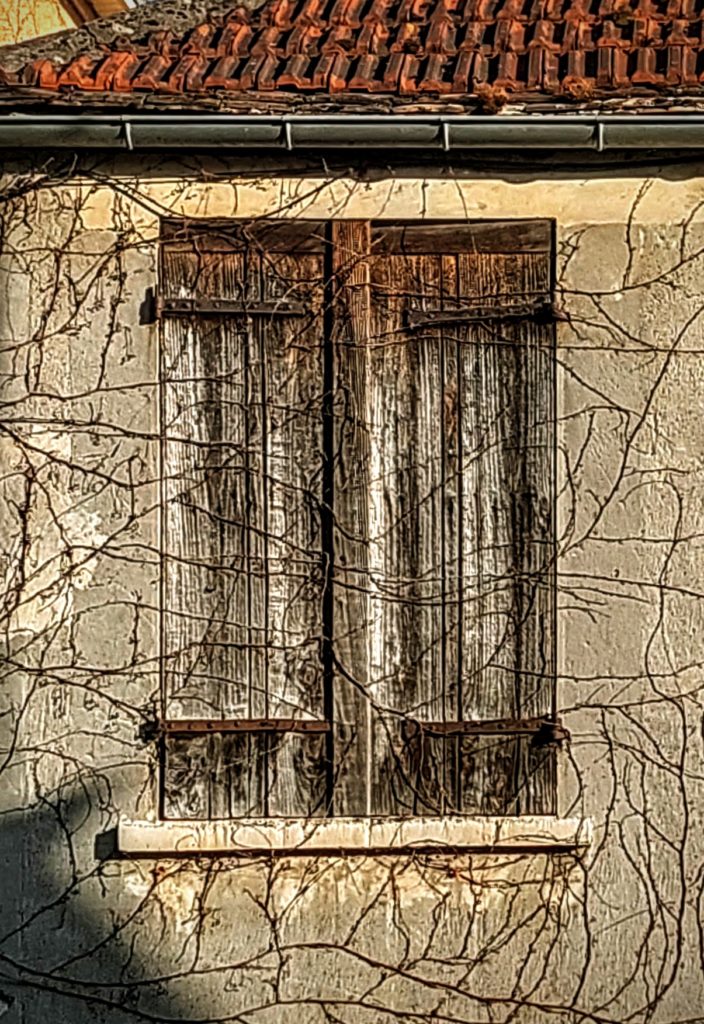
It’s been some time since I updated my whereabouts and doings on this site.
Yesterday I spent flying from Paris to Philadelphia, with a stop in Dublin. Today I’m in my life-long friend Maria’s home in Collingswood, N.J., USA, where I will spend a couple of weeks, then to another friend’s house when Maria fills hers with family members arriving to attend a memorial service for her late husband, Craig A. Tahamont, who died of the complications of Alzheimer’s disease in July.
Craig was among my longest and best friends, and I’m honored to be giving one of the eulogies in his memory at the service here on September 23.
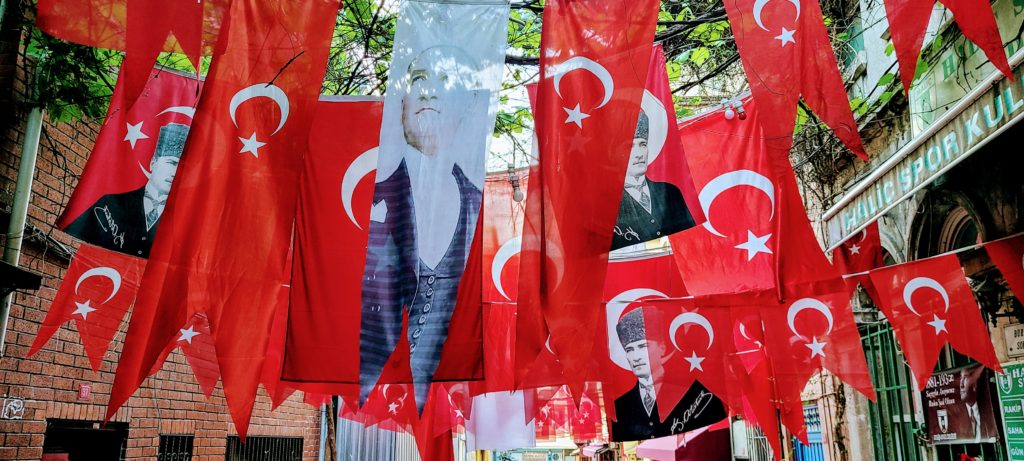
I’m back in Balat, my favorite neighborhood in Istanbul, biding time and getting some work done in advance of the Rolf Potts Travel Writing Workshop I’m attending July 30-Aug. 4 in Paris.
The Flixbus trip from Sofia, Bulgaria, to here was eventful.
‘Staying Alive By Not Staying Still’ Now that I’m all in on writing a memoir about my near-seven years of solo world travel, including the dramatic events that led me …
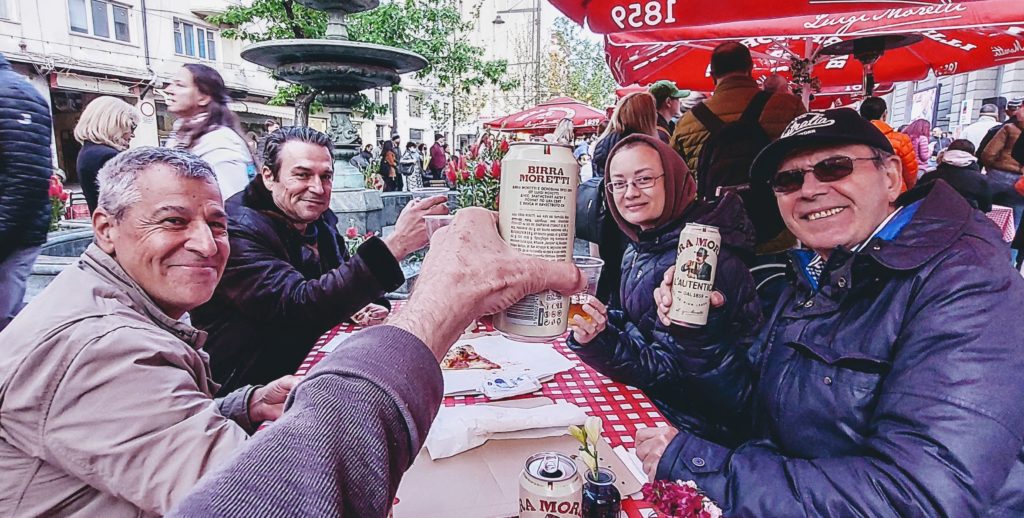
As the warmth of Spring arrives in this Baltic country of Bulgaria, where I’ve been a guest since April in the capital city, Sofia, I’m captivated by the easy-going, comfortable way of life and the warmth and friendliness of the many friends I’ve made here.
The eclipse that came to Kosrae by Nick Zoa On April 20, for the first time in recorded history, Kosrae experienced a total solar eclipse. Because the totality path of …
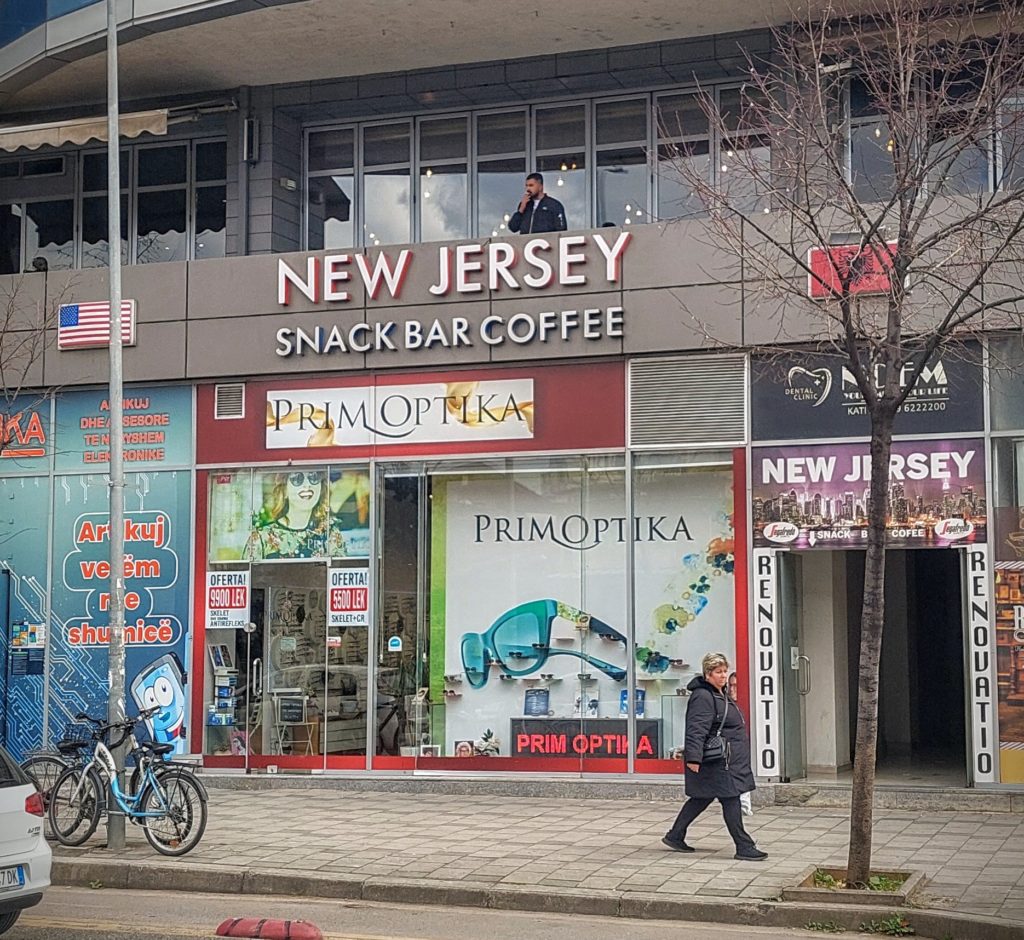
What good New Jersey native could pass up an opportunity to visit a genuine “New Jersey Snack Bar Coffee” in Tirana, Albania?
Well, I couldn’t, but I have to confess, I walked out thinking there was more going on there than met the eye.
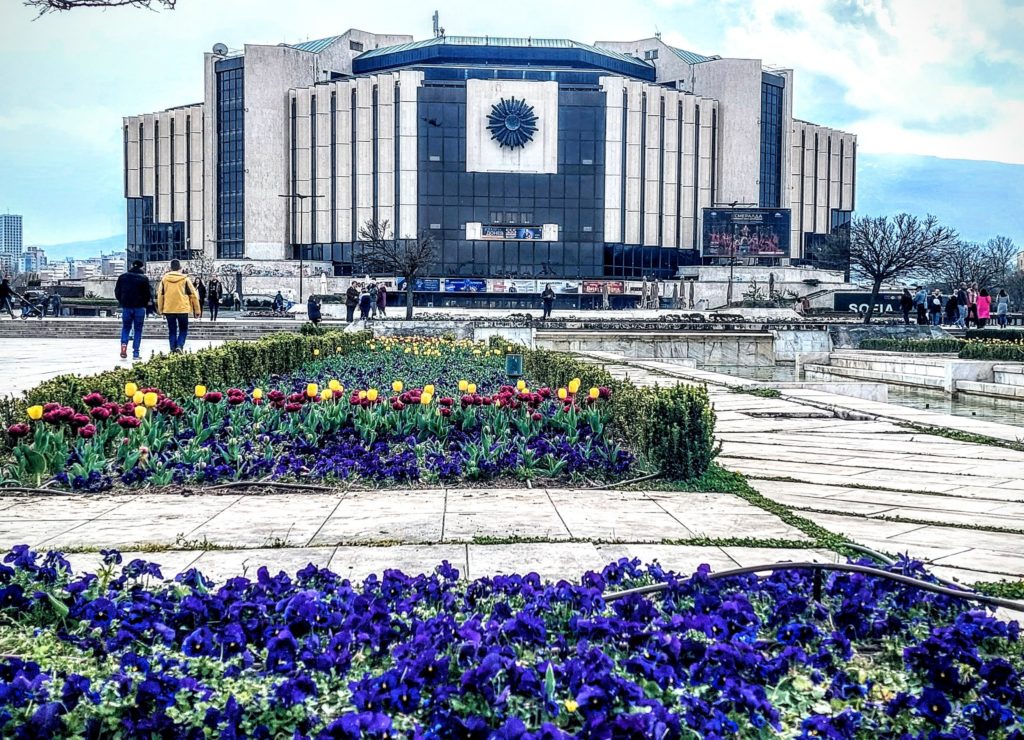
My friend Peggy, whom I met in a cafe in the White Mountains of Crete, sent me advice in a cautionary email after reading a brief post I wrote mentioning my night in the Skopje bus station.
Skopje is the capital city of Northern Macedonia, one of the Balkan states in southeastern Europe. It was formerly part of Yugoslavia until it gained its independence by referendum in 1992 following the Yugoslav wars.
I was just passing through on my way to Sofia, Bulgaria.
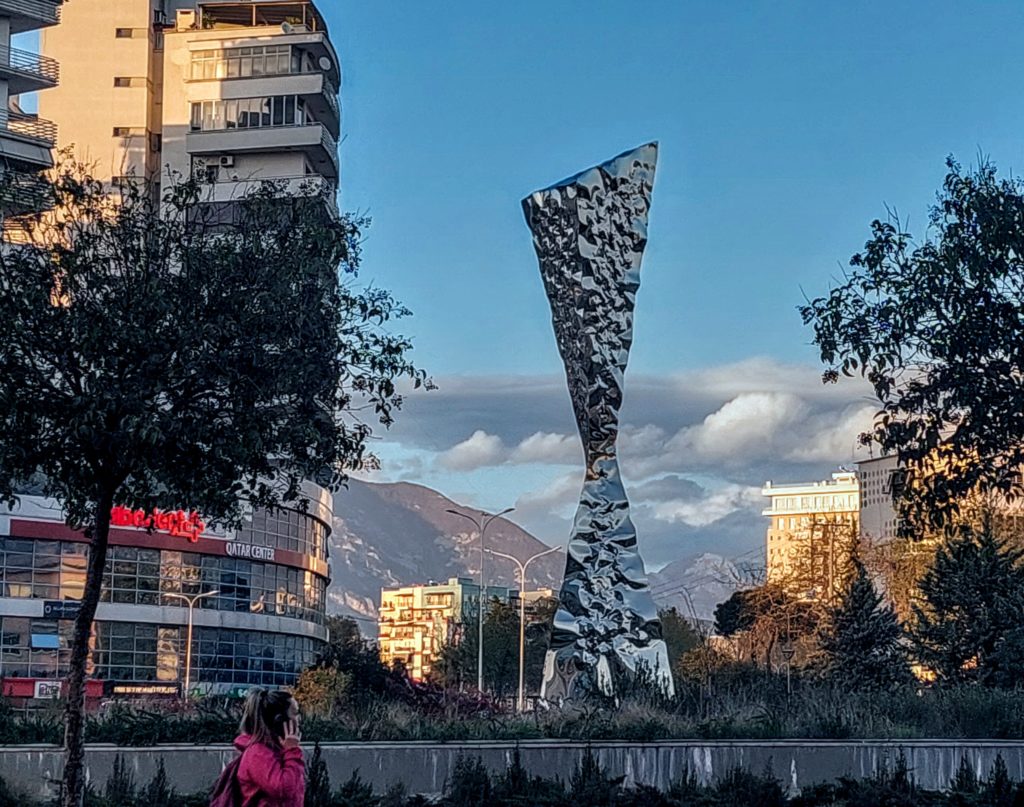
My last day in Albania, the photo was taken on the way to the bus terminal. About six hours to Skopje, Northern Macedonia, and a sleepless night in the bus station there with the other homeless.